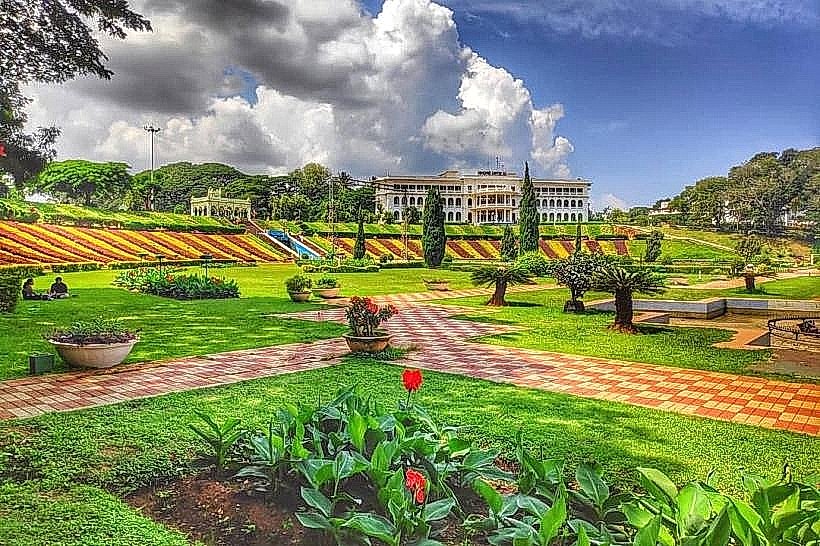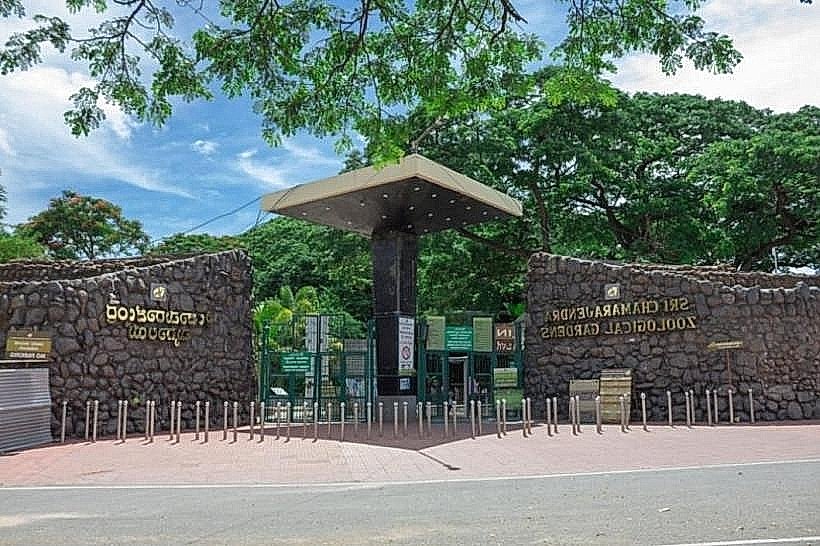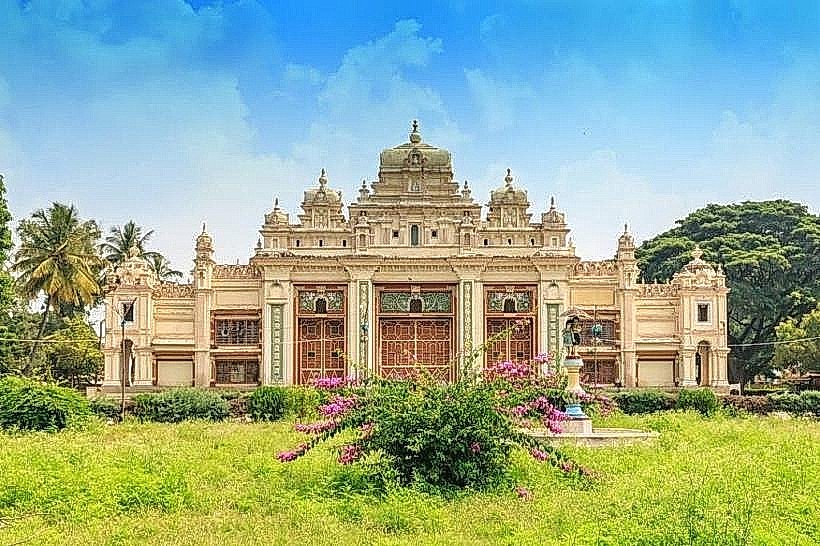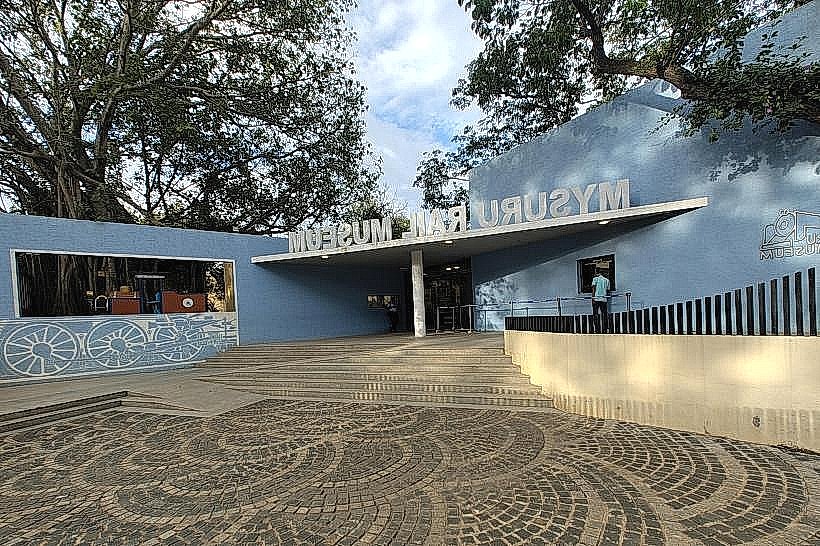Information
Landmark: Mysore PalaceCity: Mysore
Country: India
Continent: Asia
Mysore Palace, Mysore, India, Asia
Overview
In the center of Mysuru, the Mysore Palace-called Amba Vilas by locals-rises in pale stone and gold, one of India’s most magnificent royal homes, what’s more once home to the Wadiyar dynasty, the palace fuses Indo-Saracenic design with touches of Rajput grace, Mughal arches, and a trace of Gothic stonework.The palace towers over the city’s heart, its walls catching the day’s last amber light, then softening into a dream as thousands of tiny lamps shimmer during the festival night, in conjunction with the palace lifts its deep red domes into the light, its arched corridors and carved balconies tracing a regal outline against the pale morning sky.Inside, the halls stretch wide, layered with cool marble underfoot, stained glass shining overhead, and columns gleaming with gold, meanwhile the Durbar Hall stands out as a breathtaking room, its turquoise pillars rising beneath sweeping chandeliers, while the black-and-white marble floor glimmers with a wash of soft daylight.Deeper inside, the Kalyana Mantapa dazzles with Belgian stained glass set in neat floral geometry, scattering patches of red and gold light across the cool mosaic floor as the late-morning sun drifts in, subsequently the palace blends grandeur with warmth-sunlight glints off polished armor in the courtyards, and even its vast ceremonial halls feel close enough to whisper in.Teakwood ceilings gleam above carved doorways and silver-paneled doors, each detail quietly showcasing the craftsmanship that marked the Wadiyar era, after that the royal rooms hold classical photographs, worn costumes, and a few time-softened artifacts, giving the area a warm, lived-in sense of history instead of a stiff museum vibe.After a fire reduced the historic wooden palace to ashes, the Wadiyars rebuilt it in 1912, restoring its historical and cultural significance, in conjunction with architect Henry Irwin shaped the contemporary design with a sharp eye for luxury and modern flair, bringing in imported touches-from cool Venetian mirrors to glittering British chandeliers and rich European stained glass.For over five centuries, the Wadiyar rulers nurtured art, literature, and music, and even now the palace hums with that legacy, like a faint note still hanging in the air, as a result dussehra celebrations are the palace’s brightest moment, when drums echo through the courtyard and color fills the air.During the festival, Mysuru turns into a city of light; the palace itself gleams under nearly a hundred thousand bulbs, each one dazzling as a spark in the night, not only that locals say it looks like a fairytale castle touched by moonlight, part dream and part glowing sculpture, mildly Walking through Mysore Palace feels like stepping from one scene to the next-quiet courtyards that smell faintly of stone and sandalwood, long galleries lined with antique weapons and portraits, then shining halls where dust motes drift lazily in the sunlight, and visitors move along a set path that winds past the soaring audience halls, the radiant wedding pavilion, quiet private rooms, and displays arranged like a miniature museum.Soft ambient sounds and quiet audio guides drift through the air, helping visitors imagine the bustle of courtly life-silk rustling, voices rising, and ceremonies unfolding in these grand rooms, in addition outside, the palace grounds stretch wide and open, framed by carved gateways and lawns trimmed sharp enough to scent fresh grass, more or less Just past the gates, street vendors cluster together, offering jasmine blossoms, cups of sugarcane juice, shining wooden toys, and soft Mysuru silk scarves that lend a languid, local rhythm to your visit, therefore mysore Palace draws crowds from across India, standing as both an architectural masterpiece and a living piece of culture where the scent of sandalwood still lingers in the halls.It’s a symbol of Mysuru itself-the city of palaces gleaming in the sun, steeped in culture and royal tradition, subsequently on Sunday nights and during festivals, its lights pull in crowds who settle on the cool outer lawns, content just to watch the façade glow softly against the murky.Step inside Mysore Palace and you’ll feel history breathing through its carved doors, a rich mix of art, color, and quiet grandeur all around you, then the grand halls, carved ceilings, and vivid cultural legacy leave you with memories that cling long after you step beyond its gilded gates.
Author: Tourist Landmarks
Date: 2025-11-19









